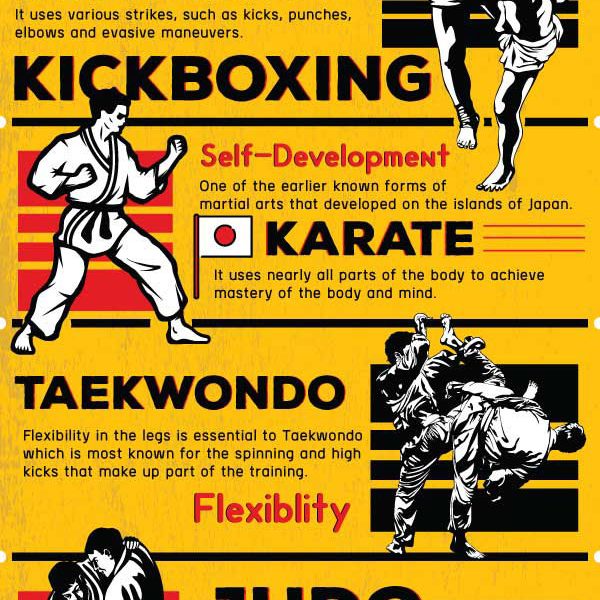The Background And Advancement Of Martial Arts Worldwide
The Background And Advancement Of Martial Arts Worldwide
Blog Article
Material By-Stevenson Silverman
Martial arts have a remarkable background that covers centuries and continents. You may locate it interesting exactly how ancient practices like Shuai Jiao and Kalaripayattu prepared for modern-day combat methods. These disciplines not just highlight physical abilities yet additionally reflect the societies that birthed them. As you discover their advancement, take into consideration just how globalization has transformed these conventional types right into hybrid styles. What influences do you think have formed today's martial arts landscape?
Ancient Martial arts: The Structures of Fight
As you delve into the globe of ancient martial arts, you'll discover the abundant structures that shaped combat strategies across cultures. Very early methods focused on Self-Defense and survival, commonly including strikes, grappling, and weaponry.
In old China, as an example, techniques like Shuai Jiao emphasized throws and joint locks, while India's Kalaripayattu showcased dexterity and fluid motion. Japanese samurai created Kenjutsu, a refined swordsmanship that highlighted discipline and technique.
what age to start kids in martial arts offered not just for battle yet additionally as a way of individual growth, instilling values like respect and perseverance. The blending of these techniques gradually laid the groundwork for the diverse martial arts you see today, each reflecting the distinct approaches and demands of its society.
The Social Impact on Martial Arts Growth
While martial arts often mirror the practical demands of a society, they additionally symbolize the social worths and beliefs of their beginnings. When you explore various martial arts, you'll observe just how they're influenced by faith, viewpoint, and social norms.
As karate lessons for adults , the emphasis on respect and technique in Japanese martial arts stems from Zen Buddhism and samurai culture. On the other hand, Brazilian Jiu-Jitsu promotes versatility and technique, formed by the requirement for efficiency in a diverse, modern setting.
You may discover that the routines, attires, and training approaches reflect a community's history and identity. By comprehending these cultural impacts, you grow your admiration of martial arts and their duty in shaping human experiences across the globe.
Modern Adaptations and the Globalization of Martial arts
Martial arts have transformed significantly in recent decades, adapting to contemporary culture and global impacts. You'll see that conventional kinds have blended with modern strategies, developing hybrid styles like MMA. These adjustments accommodate diverse target markets, making martial arts obtainable and attractive around the world.
With the increase of social media sites and electronic platforms, you can find tutorials and competitions from all edges of the globe, breaking geographical barriers. This globalization has caused a shared appreciation for various techniques, from Brazilian Jiu-Jitsu to Taekwondo.
As preschool karate involve with these arts, you'll recognize they're not almost combat; they promote fitness, self-control, and psychological well-being.
Eventually, modern adaptations have enhanced the martial arts landscape, making it a dynamic and developing technique.
Final thought
In checking out the background and development of martial arts, you uncover a remarkable blend of techniques, societies, and viewpoints. From ancient disciplines like Shuai Jiao and Kalaripayattu to the modern-day adaptability seen in MMA, martial arts mirror humankind's pursuit for Self-Defense and individual growth. As you involve with these practices, you not just acquire skills but also a much deeper admiration for the diverse traditions that form our globe today. So, continue your journey and accept the art of battle!
